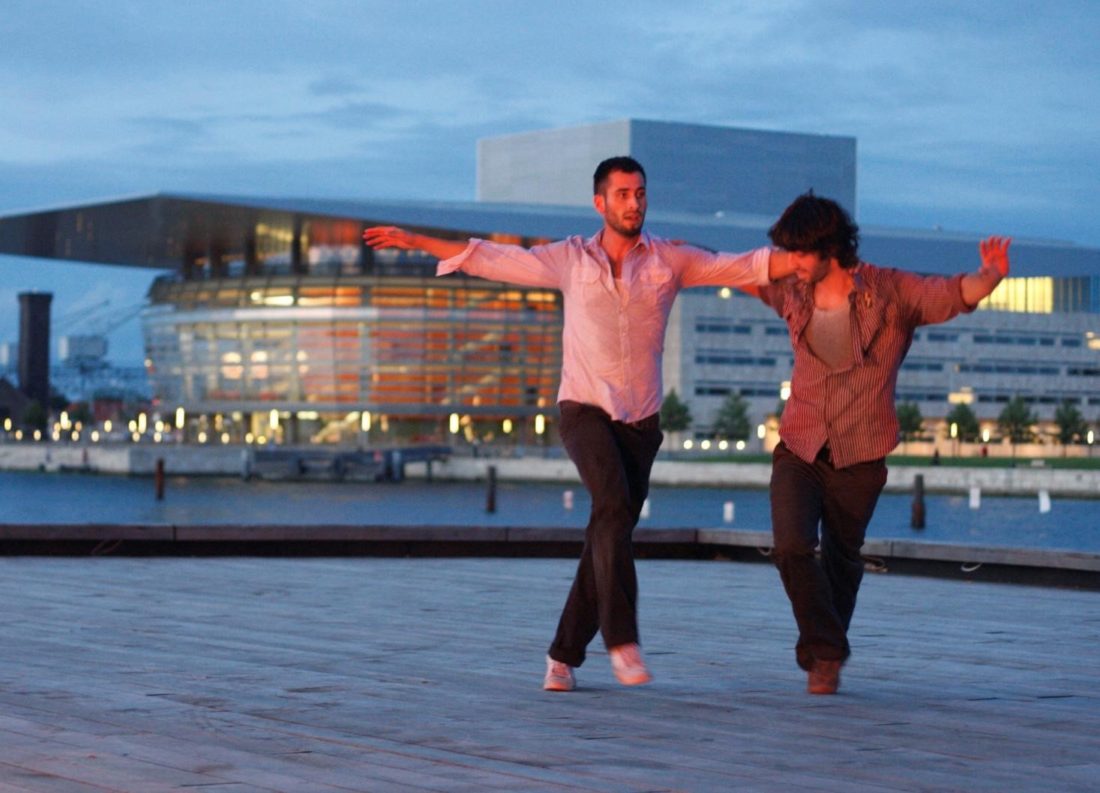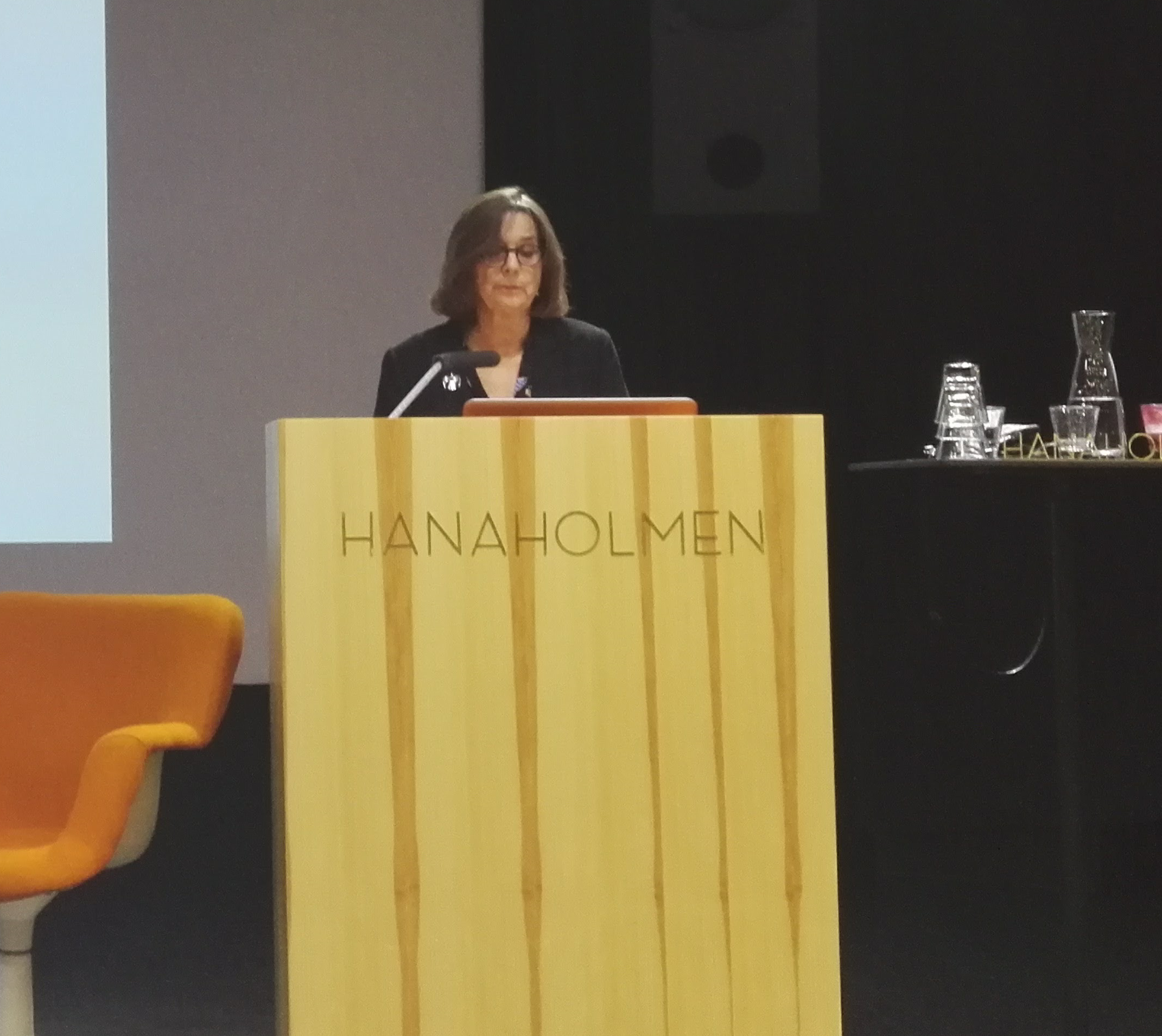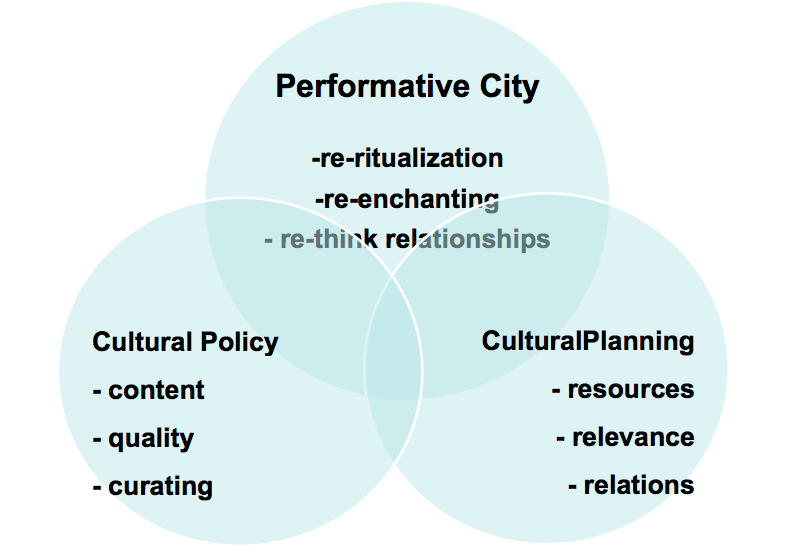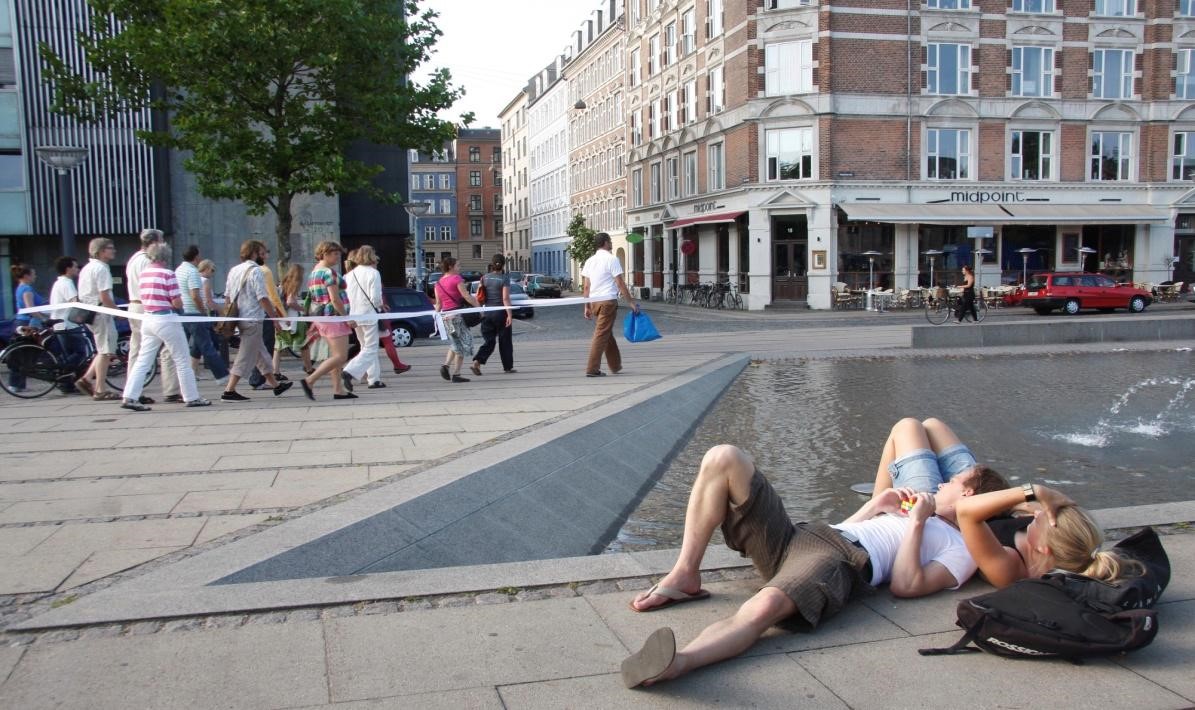Integrating Cultural Strategies in Cities
Presenter at Nordic Urban Lab 2018: Dorte Skot-Hansen
Dorte Skot-Hansen is a former head of Centre for Cultural Policy Studies in the University of Copenhagen and she is researcher in cultural policies, cultural planning and cultural institutions. Skot-Hansen is a leading voice in Nordic cultural policy making – she is translating cultural planning in to innovative strategies.
In this workshop, at Nordic Urban Lab 2018, Skot-Hansen asks; what is the relationship of cultural policy and cultural planning – what are the differences and how these are in relation to a performative city?
A NARROW VIEW OF CULTURAL POLICY
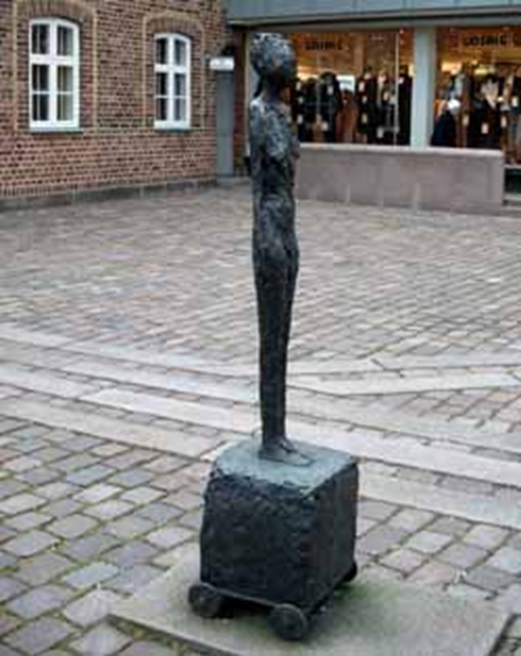
An expensive statue project raised a lot of public criticism: why money wasn’t used for a better purpose?
Skot-Hansen stresses that cultural policy and its view of culture is “proper”, traditional and narrow. It aims to high artistic quality and it includes a belief that there is a “good” and “bad” culture. Furthermore it includes an idea of enlightening people.
A goal could be to get more people to attend as an audience, rather than to make more people create culture. Cultural policy is a top-down approach and policies are produced in one single sector of administration, like a ministry of culture or similar. As we look at the funding, still a clear majority of money goes to traditional art, which represents a narrow view of cultural policy.
‘The performative turn’ leads to new relations between art and audience and greater participation among people. Borders between art forms are blurred and culture is more about events instead of works of art.
The change is a challenge to traditional actors of culture policy and raises questions about which kind of culture should be funded. Despite of ‘the performative turn’, Skot-Hansen underlines that, cultural policy is still needed.
THE CONCEPT OF CULTURAL PLANNING
Cultural planning is defined (by Mercer, 2002) as:
“…the strategic and integral use of cultural resources in community development”
It takes place in a geographic space – in a city, suburb or in a site in the city etc. Cultural planning broads the idea and concept of culture and sees culture as a way of life.
Culture is a way we act in everyday life. Cultural planning includes a bottom-up approach in the planning for diverse lifestyles and subcultures. Cultural planning focuses on resources, relevance and relations.
Cultural mapping is part of a cultural planning process. The aim is to map both quantitative and qualitative features of a space, like population profile, ethnic groups, art-related workplaces, natural and build cultural heritage, etc. (quantitative) and sense of place, cultural attitudes, lifestyle and subcultures (qualitative).
A broad definition of culture has also raised some criticism. ‘Culture’ in cultural planning can be seen almost as anything and everything. That is problematic, since we must try to speak about the same thing.
THE PERFORMATIVE CITY
“The Performative City is playful, dense, and replete with potentiality. It is characterized by enchanted encounters, unexpected and engaging experiences and spaces where anything might and even should happen.” (Inspired by Houston, 1994)
Three strategies towards the performative city are:
- re-enchanting public space
- re-ritualization of the city
- re-thinking the relationship between performance, audience and place
Festivals can re-ritualize the city and bring people together and influence people’s ideas about the city.
“At their best, festivals culminate in a ‘festival moment’, creating a momentum born of dramaturgical excellence and high quality content, a powerful experience bringing together audience, festival performers and organiseres” (Silvanto & Hellman, 2005).
Re-enchanting public space allows and encourages strangers to interact. Re-enchanting places should be “sites of potentiality, difference and delightful encounters”. Also, art can make the place more alive and open – art can be an unexpected element, an intervention which ads openness of the place.
Performative city re-thinks the relationship between performance, audience and the place where meaning is created.
WE STILL NEED CULTURAL POLICY
Dorte-Skot underlines that cultural policy is still needed after the performative turn. The production of content, the insistence of quality and need for curating is something that cultural policies can offer. Some level of “quality” is still needed. Funding is often also provided through cultural policy.
We also need cultural policy; the process cannot be fully bottom-up. Metropolis, (Københavns Internationale Teater), is an example of a “broker” or horizontal actor who is also working with the cultural policy sector, but at the same time puts ideas of performative city into practise.
Cultural institutions need to get out from their traditional role – create activities to increase participation of people. There have been some successful examples, like pop-up libraries at the Roskilde festival etc.
Documentation by: Anni Alho, University of Turku



